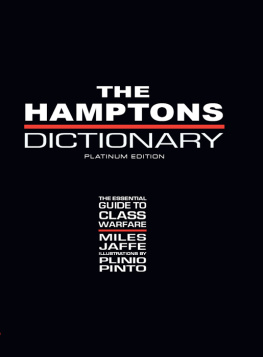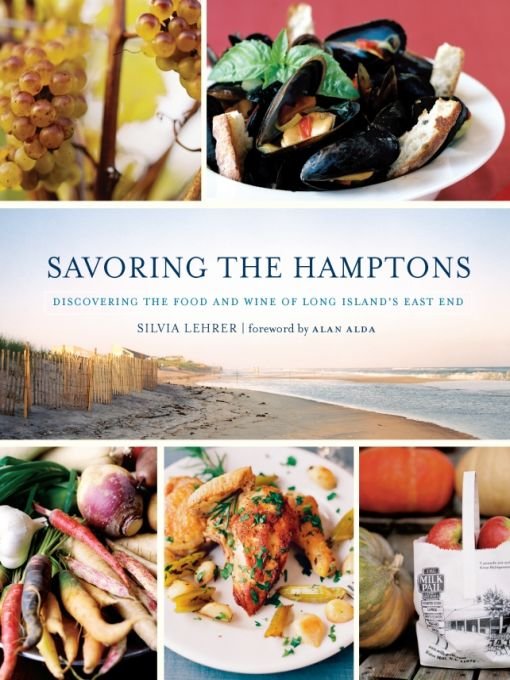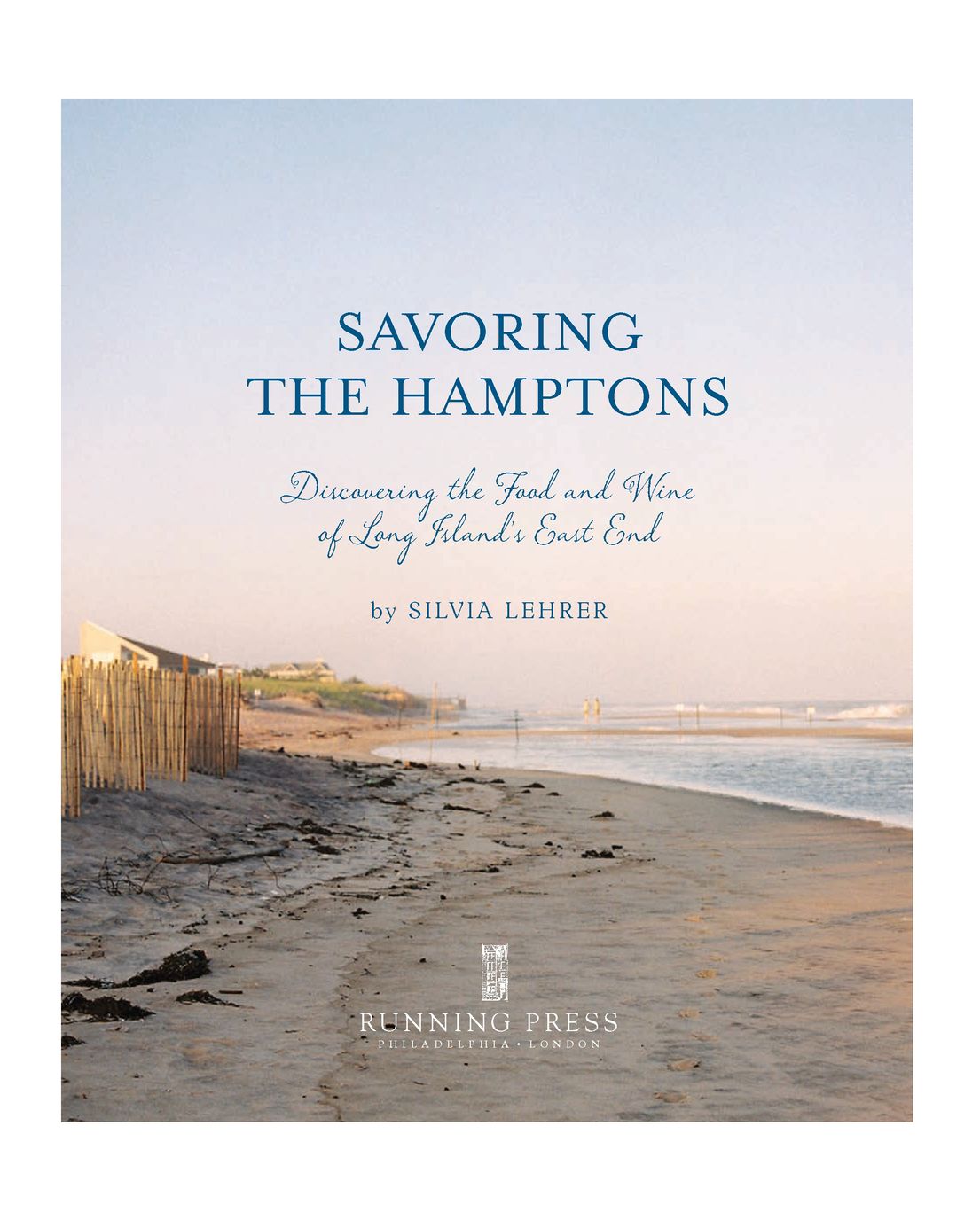Table of Contents
ACKNOWLEDGMENTS
WHERE DOES ONE BEGIN TO THANK THE COUNTLESS PEOPLE WHO PLAYED A meaningful role in the creation of this book? Let me try:
To Jason Allen Ashlock, my brilliant entrepreneurial agent, for his ongoing commitment to shape this book and bring it to fruition.
With deep thanks to Arlene and Alan Alda. In both of your very hectic lifestyles Arlene, you managed to keep the messages on track. And to Alans thoughtful foreword that set the context of this book.
To Geoffrey Stone, my most amenable and patient editor, who always managed to find a solution to some, and at times many, perplexing problems.
To the team at Running Press: Chris Navratil, publisher, Craig Herman, marketing director, Bill Jones, art director, Amanda Richmond, senior designer (for the beautiful pages), Seta Zink, senior publicist, and the wonderful sales and support staff.
To Karen Wise, named one of the top ten wedding photographers in the country, she approaches her subject in the most natural way and with appreciation for her gorgeous photography.
To emeritus professor Dr. Leslie Kanuk, for her fine moral judgment, wise counsel, and warm friendship.
To Roman Roth, award-winning winemaker and vintner whose wine philosophy and wine suggestions are detailed throughout this book.
To Elizabeth Andoh, cookbook author and culinary educator whose friendship and effective guidance helped me to pursue my dream.
To Shirley O. Corriher, food scientist and author for her food wise assistance.
To Linda Slezak, who has been my eyes and ears on the North Fork of Long Island.
To literary agent Sarah Jane Freymann and her husband, college professor Steve Schwartz; to Anne Hargrave, art curator and wine enthusiast; to Dariele Watnick of Once-Over Organizing; to Tom Swinimer, technical wizard; to Elizabeth Schneider, cookbook author and consultant; to Geraldine Pluenneke, contributing writer; and to Patricia Zamoyska and Debbie Pitts for their unwavering support and encouragement.
To my many students whose close friendships have been a big plus in my life: I thank most sincerely and affectionately Dozie Sheahan, Janet Whelan Postma, Hank Ferlauto, and Lisa Tamburini for the timeless hours spent chopping, dicing, slicing, cooking, and offering advice on presentation for the picture perfect photos. And to Barbara Freiberg, Linda Slezak, Lilia and Michael Collins, Linda and Rob Leahy for their talented assistance in testing recipesfriends and foodies all!
And finally to my husband, Fred, whose cooking leaves much to be desired but who has an uncanny sense of taste. He will stop to think while eating then may offer a suggestion to make the dish even better!
FOREWORD
We first met Silvia Lehrer over French pizza. We didnt know there was such a thing, but apparently in the south of France they reached across the border at one point in history, tossed some dough in the air, and when it came down, it had a French flavor all its own.
We came to know about that interesting transformation in a cooking class we took with Silvia about twenty-five years ago. Then, a couple of years later, we went with her on a glorious trip through Italy where we ate the food of several regions and then settled down in Florence to learn a few things about Italian cooking in the kitchen of her friend Giuliano Bugialli.
Through all of this, Silvia showed an insatiable curiosity about good food, the places where it evolves, and the chefs who creatively cook with it: the same curiosity she shows in this book.
Food, of course, starts in the earth, and the growing conditions in a particular place can determine a lot about the foods flavor. But, its also the people who live on that patch of earth and the culture theyve developed that makes the food taste the way it does. The ingredients that grow in a region and the taste for flavors and combinations of flavors that develop among its peopleand the studious, imaginative chefs who mix and re-mix those elementsmake for dishes you dont find anywhere else.
Silvia has explored the food and culture and chefs around the patch of earth where she lives and shes found a signature, a fingerprint, thats very much of the place.
The area shes explored is called the East End of Long Island. Long Island sits in the ocean off the coast of New York like an alligator with its tail pointing west and its open mouth facing east. The top of this open mouth is called the North Fork, and the lower jaw is the South Fork. Its a hungry alligator, and the two jaws are separated by enough water to create a diverse food environment. Its the home of the Hamptons, where people come from all over the world every summer, many of them to settle down for winters, too. There is an interesting intersection here of history, geography, cultures, wineries, and creative chefs. Exploring the elements of the land around her has led to this fascinating book. It will give you pleasure while you read it, while you cook from it in the kitchen, and when you bring its bounty to the table.
The art of preparing food that touches something in you when you eat it is something Silvia Lehrer has spent a lifetime learning. And her ability to teach others how to accomplish that same bit of magic has been a gift to the rest of us.
Food may be the original gift of our species, as it is for others. Ants feed one another, birds fly home to the nest with nourishment for their young, and mothers milk is a universal first meal for most mammals. For us humans, food connects us in more ways than we can count. We grow it together, often cook it together, and then sit down in the ritual of eating it together (a ritual that may be on the decline in some families, sadly). We celebrate milestones over meals, and the meals themselves often celebrate the culture we come from. The food we eat identifies and affirms our kinship. Wherever we go in the world, one of the first questions we often are asked is, Do you like our food? The implication is if you like our food, youll like us, because, in a way, our food is us. To know and love a peoples food is the first step in warming to the people themselves.
In these pages, youll meet the people of this island who keep the bees, dig the clams, grow the zucchini, and tend the chickens and turkeys and goats, along with the gifted chefs who have taken the flavors indigenous to this land and mixed them in ways that will be sure to warm you.
Turn the page and get to know them.
ALAN ALDA
INTRODUCTION
Savoring the Hamptons focuses on the bounty and the beauty of the part of Long Island known as the Hamptons. There is simply no place like it. The Hamptons is not one place, but rather a necklace of seaside towns and villages on Long Islands South Fork, stretching east from Westhampton to Montauk, where a stately lighthouse guards over the meeting of the Long Island Sound and the Atlantic Ocean. On the North Fork stretching East from Riverhead to Orient PointRiverhead or the Head of the River is where the Peconic River flows into the Great Peconic Bay, a beautiful body of water that separates the North and South Forks. It is a lush farmland that rolls out between the bay and the ocean and combines the best of what the land and sea offers. It explores the unique blend of produce, seafood, people, and beauty of the East End of Long Island.









